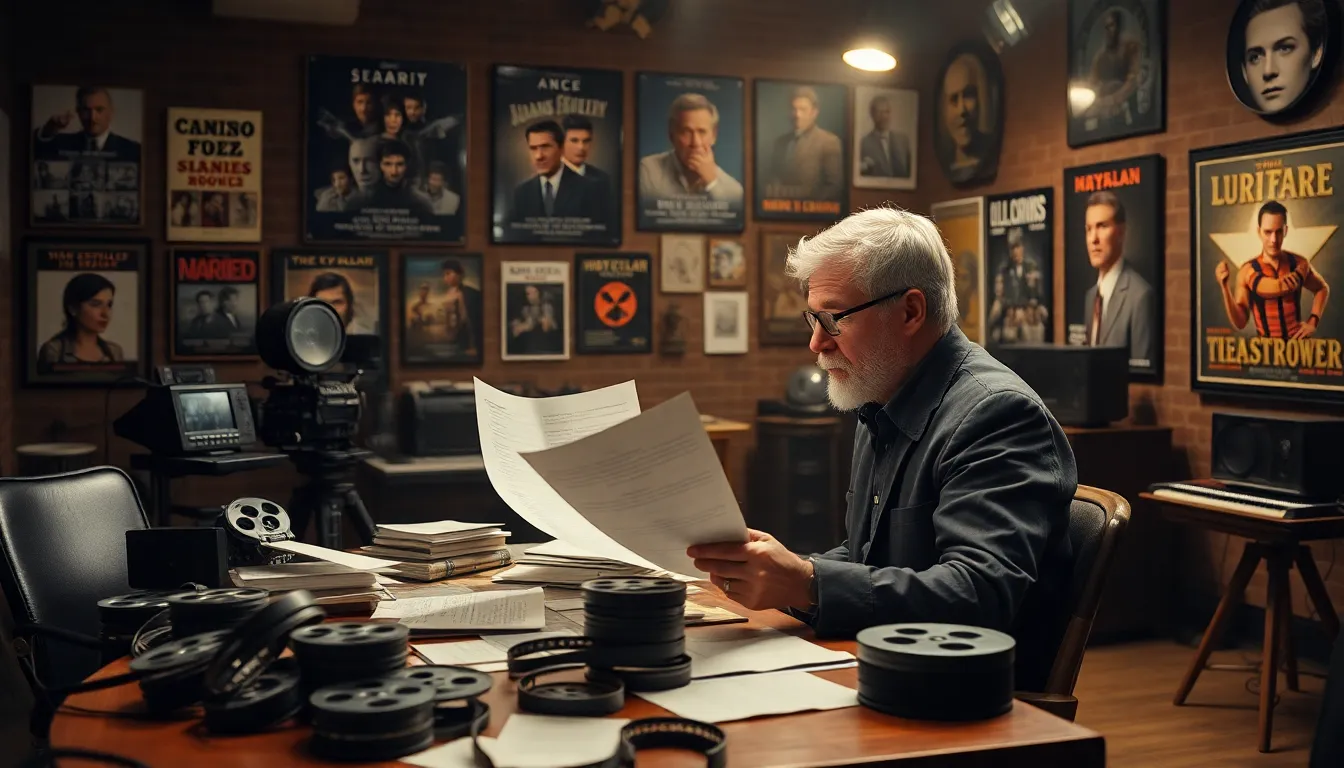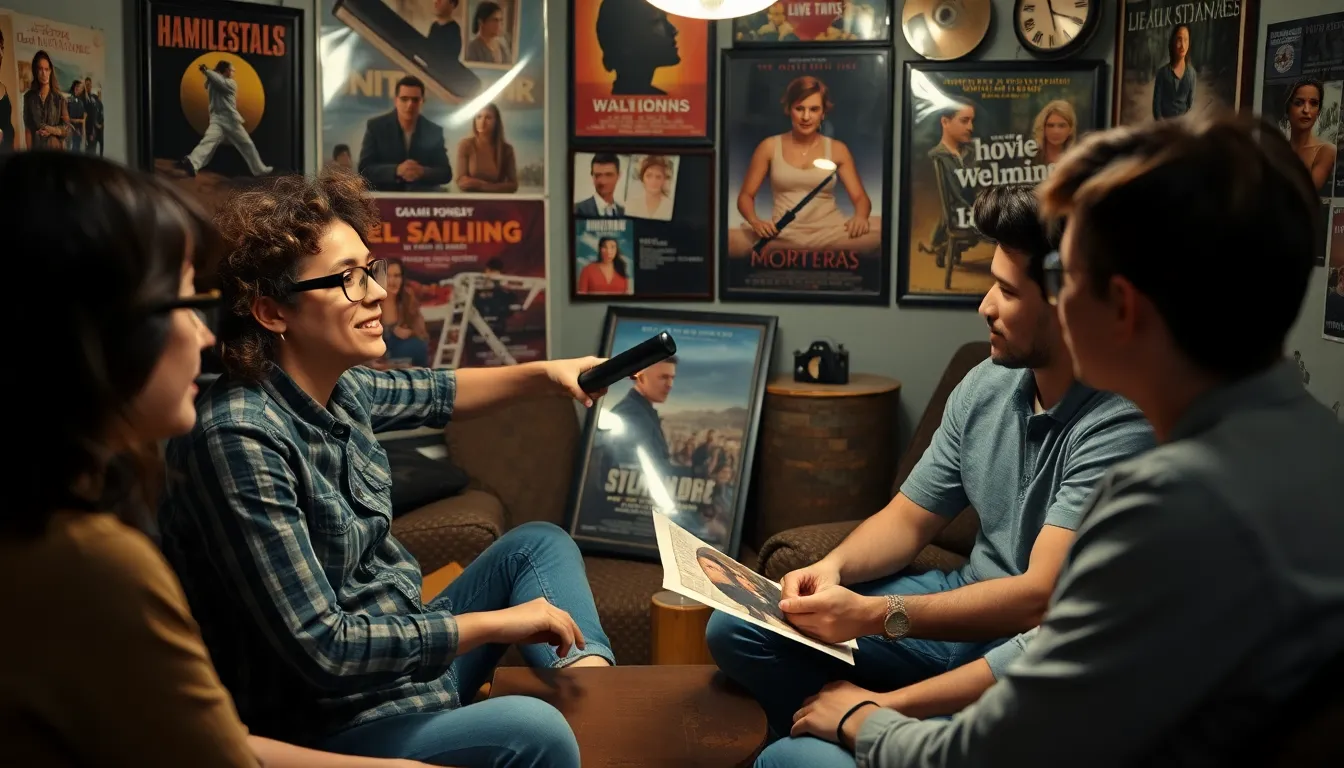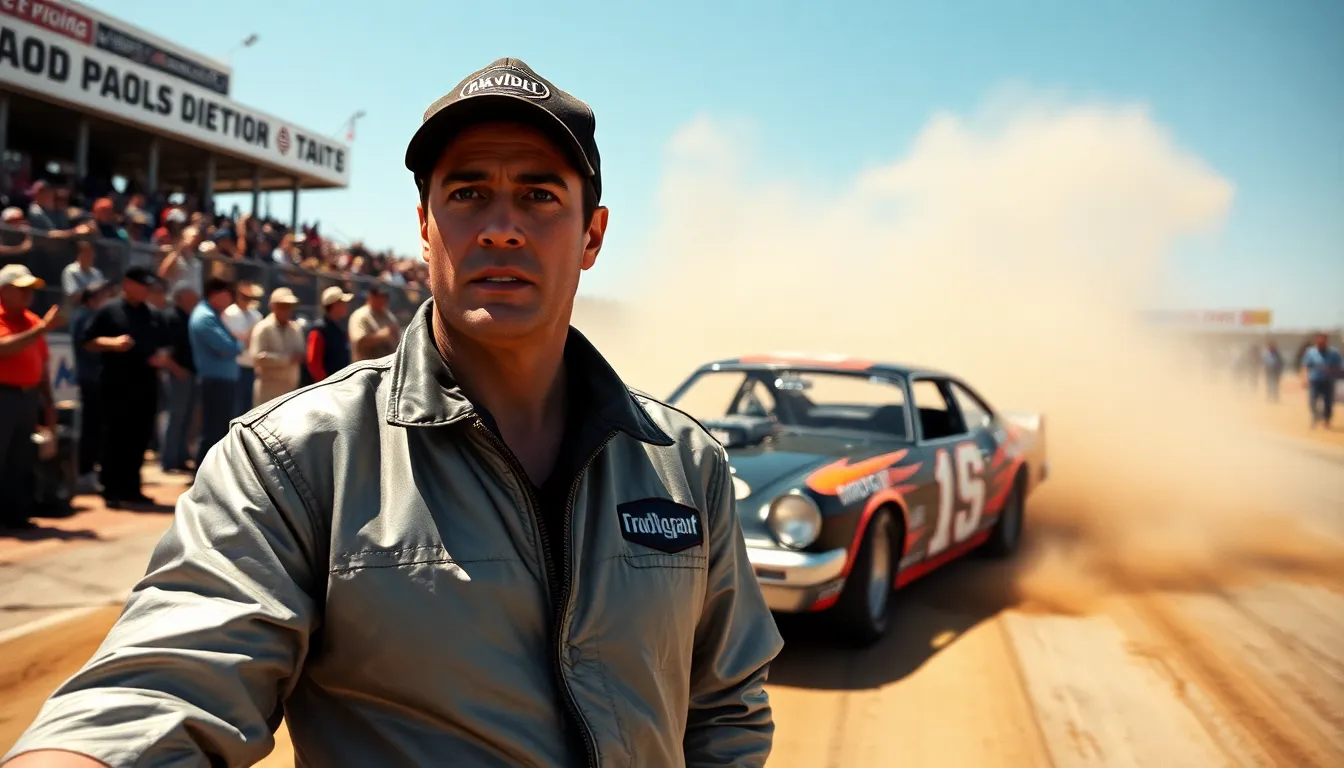Table of Contents
ToggleFilms are more than just a collection of moving images; they’re a tapestry of storytelling, emotion, and artistry. Every frame holds secrets waiting to be uncovered, and every plot twist is a puzzle piece that fits into a bigger picture. By breaking down films, one can appreciate the genius behind the camera and the magic that unfolds on screen.
Understanding Film Analysis
Analyzing films reveals intricate layers of storytelling and artistry. Engaging in film breakdown allows viewers to appreciate cinema’s depth and creativity.
Importance of Film Breakdown
Film breakdown enhances understanding of narrative intricacies and artistic choices. Each scene contains vital visual and thematic elements that enrich the viewing experience. Exploration of these aspects uncovers hidden meanings that may not surface during casual watching. Critical analysis fosters a deeper connection to the film, enabling viewers to grasp its cultural and emotional significance. Insights gained during breakdowns can also inform discussions, encouraging diverse perspectives among audiences.
Key Elements to Consider
Story structure shapes the foundation of any film. Observing character development offers insights into motivations and growth. Cinematic techniques, including camera angles and lighting, contribute to the mood and tone. Sound design influences emotional responses, while dialogue drives plot progression. Themes depicted throughout the film highlight societal issues and personal experiences. Each of these elements plays a crucial role in crafting a memorable cinematic experience. Analyzing them leads to richer interpretations and appreciation of the medium.
Techniques for Breaking Down Films

Engaging with films through analysis reveals deeper meanings and artistic choices. Two vital techniques for breaking down films include narrative structure and cinematic techniques.
Narrative Structure
Understanding narrative structure involves identifying the story’s framework. Elements include exposition, rising action, climax, falling action, and resolution. Each segment contributes to character development and plot progression. A coherent narrative engages viewers, allowing them to connect emotionally. Examples abound, ranging from classic three-act structures to non-linear storytelling. Breaking down the structure facilitates comprehension of how filmmakers craft tension and resolve conflicts. Recognizing these patterns enhances appreciation of storytelling techniques.
Cinematic Techniques
Cinematic techniques encompass various methods that shape a film’s visual presentation. Camera angles establish mood and perspective, while lighting influences atmosphere and tone. Editing techniques can create rhythm and pacing, impacting viewer engagement. Techniques such as montage juxtapose images, conveying complex themes or emotions effectively. Sound design adds another layer, using dialogue, music, and ambient sounds to enhance storytelling. Analyzing these elements reveals the artistry behind filmmaking, showcasing how technical choices elevate the cinematic experience. Understanding them strengthens viewers’ insights into the creative process.
Case Studies of Iconic Films
Film analysis sheds light on the intricate components that form iconic cinematic narratives. An examination of themes and messages reveals deeper insights into the human experience.
Analyzing Themes and Messages
Films often explore complex themes, such as love, sacrifice, and redemption. Through character arcs, directors convey profound life lessons. For instance, The Pursuit of Happyness illustrates resilience against adversity, resonating with audiences emotionally. Parasite critiques social class disparities, provoking thought about inequality. Analyzing these themes enhances the understanding of the filmmaker’s intent and connects viewers on a personal level.
Visual Storytelling in Practice
Visual storytelling employs techniques like cinematography and composition to evoke emotions. Directors utilize camera angles to manipulate viewer perception. Citizen Kane exemplifies this with innovative use of deep focus, drawing attention to both foreground and background elements. Lighting plays a critical role, setting the mood and tone within scenes. In Blade Runner, the neon-lit cityscapes communicate a dystopian atmosphere. Examining these visual elements helps appreciate the artistry behind each frame and enriches the overall viewing experience.
Tools and Resources for Film Analysis
Numerous tools and resources enhance the film analysis process. These assist viewers in developing a comprehensive understanding of cinematic works.
Recommended Books and Guides
Several books and guides provide in-depth insights into film analysis. “The Film Analysis Workbook” offers practical exercises for dissecting films. “How to Read a Film” enhances understanding of visual storytelling techniques. “Film Art: An Introduction” serves as a foundational text, exploring key concepts in filmmaking. Each resource enables readers to grasp the nuances of narrative structure and cinematic elements, supporting a richer viewing experience.
Online Tools and Communities
Online platforms facilitate collaboration and discussion among film enthusiasts. Websites like Letterboxd allow users to track films, write reviews, and share analyses with a community. Other platforms, such as Reddit’s /r/movies, encourage discussions about film themes and techniques. Additionally, resources like IMDb provide extensive databases of film information, including cast and crew details. These tools create a space for filmmakers and viewers to engage, fostering a deeper appreciation for cinema’s art and craft.
Breaking down films opens a world of appreciation and understanding. By delving into narrative structures and cinematic techniques viewers can uncover layers of meaning that enrich their experience. Each film serves as a canvas where artistry and storytelling intertwine, inviting audiences to connect on a deeper level.
The tools and resources available empower enthusiasts to engage in thoughtful discussions and analyses. As viewers explore themes and visual storytelling, they not only enhance their insights but also celebrate the creativity behind filmmaking. Embracing this analytical approach transforms casual watching into a profound journey through the magic of cinema.



